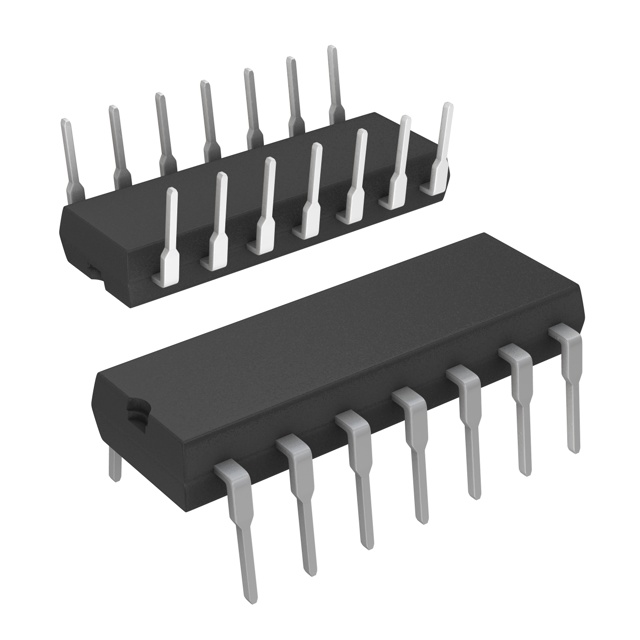74AUP2G38GD,125
Manufacturer No:
74AUP2G38GD,125
Manufacturer:
Description:
IC GATE NAND OD 2CH 2-INP 8XSON
Datasheet:
Delivery:





Payment:




In Stock : 0
Please send RFQ , we will respond immediately.









74AUP2G38GD,125 Specifications
-
TypeParameter
-
Package / Case8-XFDFN
-
Supplier Device Package8-XSON (2x3)
-
Mounting TypeSurface Mount
-
Operating Temperature-40°C ~ 125°C
-
Max Propagation Delay @ V, Max CL12.7ns @ 3.3V, 30pF
-
Input Logic Level - High1.6V ~ 2V
-
Input Logic Level - Low0.7V ~ 0.9V
-
Current - Output High, Low-, 4mA
-
Current - Quiescent (Max)500 nA
-
Voltage - Supply0.8V ~ 3.6V
-
FeaturesOpen Drain
-
Number of Inputs2
-
Number of Circuits2
-
Logic TypeNAND Gate
-
PackagingCut Tape (CT)
-
PackagingTape & Reel (TR)
-
Product StatusObsolete
-
Series74AUP
The 74AUP2G38GD,125 is a dual 2-input NAND gate integrated circuit chip. Some advantages and application scenarios of this chip are:Advantages: 1. Low power consumption: The 74AUP2G38GD,125 operates at a low power supply voltage, typically ranging from 0.8V to 3.6V, which makes it suitable for battery-powered devices and low-power applications. 2. High-speed operation: It provides a high-speed propagation delay of less than 4 ns, making it suitable for applications requiring quick response. 3. ESD protection: The chip has built-in electrostatic discharge (ESD) protection, ensuring high reliability, and safeguarding against damage due to voltage spikes or ESD events. 4. Small form factor: The 74AUP2G38GD,125 is available in a small package, such as SOT353 or XSON6, making it suitable for space-constrained applications or miniaturized designs.Application scenarios: 1. Battery-powered devices: Due to its low power consumption, the chip is commonly used in handheld devices, wearable electronics, or other battery-powered systems. 2. Signal conditioning: It can be used for signal conditioning, such as voltage level shifting or logic signal conversion, in various digital systems. 3. Interface logic: The chip can act as an interface between different logic families, converting signals from one logic standard to another (e.g., compatibility between 3.3V and 1.8V logic levels). 4. General-purpose logic: The NAND gates provided by the chip can be employed for various general-purpose logic functions, such as logic gates, flip-flops, or combinatorial logic circuits.It's important to note that these advantages and application scenarios are general in nature, and specific use cases may vary depending on the requirements and design considerations.
74AUP2G38GD,125 Relevant information








